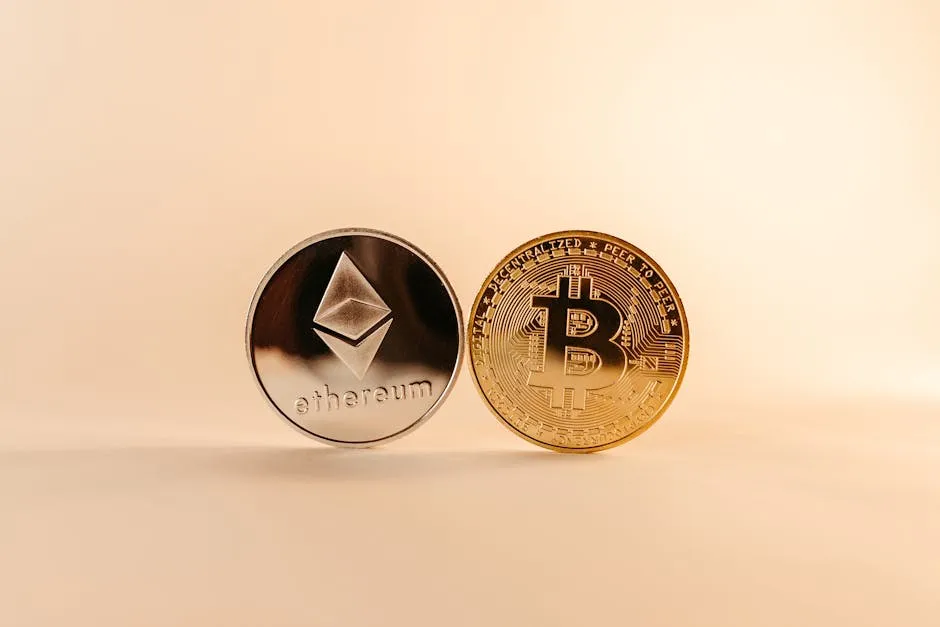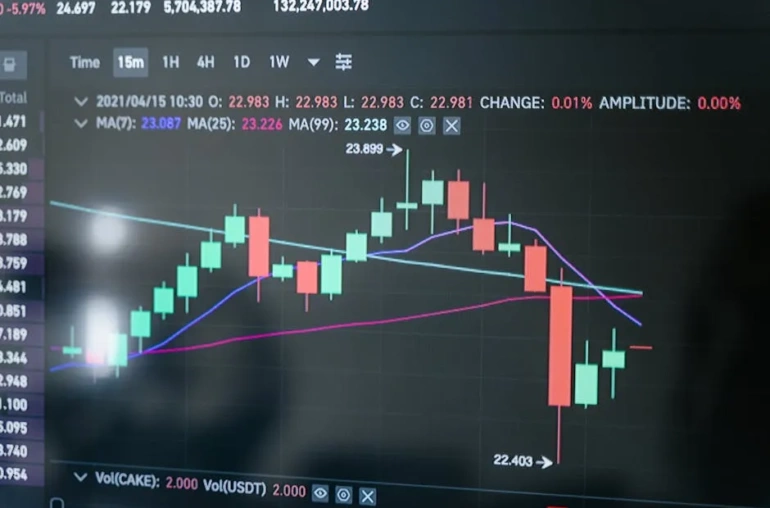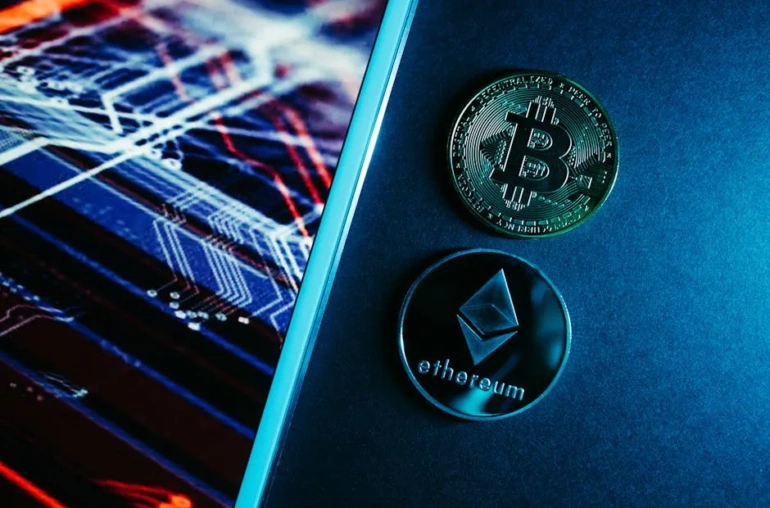
Introduction
The world of cryptocurrency is dynamic, with constant shifts in technology, regulation, and market behavior. Two prominent players in this landscape are Ethereum (ETH) and XRP. As Ethereum’s deflationary edge faces challenges, the question arises: what happens if ETH stops being deflationary? Furthermore, could XRP emerge as the global liquidity benchmark in digital finance? This article explores these pivotal questions and their implications for the future of cryptocurrencies.
The Deflationary Nature of Ethereum
Ethereum has long been regarded as a deflationary asset, especially following the implementation of EIP-1559 in August 2021, which introduced a burning mechanism for transaction fees. This feature has resulted in a portion of ETH being permanently removed from circulation, creating upward pressure on its price. However, as the network evolves and transaction volumes fluctuate, the sustainability of this deflationary model is increasingly questioned.
Factors Influencing Ethereum’s Deflationary Status
- Network Upgrades: Future upgrades may change transaction dynamics, impacting the burning mechanism.
- Market Demand: A decrease in usage or interest in Ethereum could lead to less ETH being burned.
- Competition: Emerging technologies and protocols may offer more efficient solutions, drawing users away from Ethereum.
XRP: The Potential Global Liquidity Benchmark
In contrast, XRP, developed by Ripple, is designed for speed and efficiency in cross-border transactions. It has garnered attention for its ability to facilitate instant transfers at a fraction of the cost of traditional banking systems. As financial institutions increasingly adopt blockchain technology, XRP’s attributes position it as a strong contender for becoming the next global bridge in digital finance.
Key Advantages of XRP
- Speed: Transactions on the XRP Ledger are confirmed in seconds, making it an attractive option for liquidity solutions.
- Compliance: XRP is designed with regulatory compliance in mind, which can ease concerns for institutions wary of adopting cryptocurrency.
- Liquidity Network: XRP’s network provides a robust framework for liquidity management, facilitating seamless exchanges between currencies.
What If ETH Stops Being Deflationary?
If Ethereum loses its deflationary edge, several outcomes could unfold:
- Price Volatility: A non-deflationary asset may lead to increased price fluctuations, potentially deterring investors.
- Shift in Investor Sentiment: Investors may seek alternatives that offer better value propositions, such as XRP.
- Market Dynamics: The crypto market could see a significant shift, with liquidity flowing toward assets perceived as more stable or valuable.
The Broader Impact on Digital Finance
The potential transition of XRP to a global liquidity benchmark could reshape the digital finance landscape. As institutions seek reliable and efficient solutions for cross-border transactions, the adoption of XRP could accelerate. This shift may prompt Ethereum to innovate further, addressing its deflationary challenges while enhancing its competitive edge.
Conclusion
The future of Ethereum and XRP is intertwined with the broader evolution of digital finance. As Ethereum navigates its deflationary status, XRP’s capabilities may position it as a leading liquidity solution. Investors and institutions alike must stay informed and adaptable in this ever-changing environment, as the implications of these developments will resonate across the cryptocurrency market and beyond.



